This page contains affiliate links for eCommerce websites. How to Love Comics may recieve a small commission on purchases you make. Find out more in our affiliate disclaimer.
Written and art by Andreas Butzbach. Published by Rebellion.
Are you into swords? Yeah, they’re pretty cool. You know what’s even better? A big sword. Well, in this review, you’re in luck because we have a big-ass sword on offer thanks to cartoonist Andreas Butzbach. The German creator has teamed up for his first English-language original graphic novel, Big-Ass Sword, to scratch that particular itch. And while it will, Big-Ass Sword is so much more than just a big-ass sword – with moments of introspection and restraint.
The comic has a simple premise. A robot (with a big-ass sword) and its robotic skull companion wander the wasteland environment. With no destination in mind, just a drive to move forward, they encounter various challenges. Big-Ass Sword breaks these into short vignettes, often self-contained. At the same time, there’s a partial through-line with four chapters, titled “The Road Less Travelled”, offering some connective tissue. However, these also have a self-contained element to them.
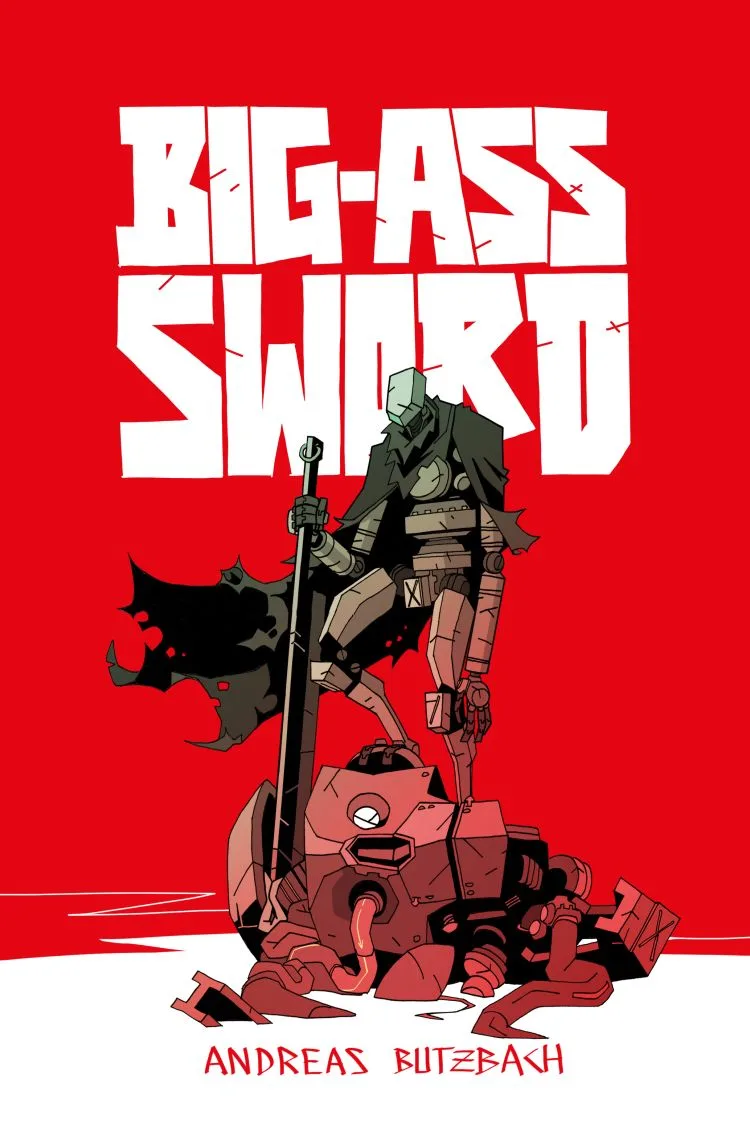 Big-Ass Sword cover by Andreas Butzbach.
Big-Ass Sword cover by Andreas Butzbach.Andreas Butzbach offers different modes of storytelling. Many of the early stories, like “Where The Warfort Wanders“, are more reflective than action-packed. Here, the robot protagonist uses compassion and restraint instead of his sword. In fact, he barely uses his sword at all in the first half of the book. And when he does, it’s either off-panel or used for a different purpose, like helping a miniature robot out of a pit. This lack of sword usage in the first half works to the book’s favour, giving the robotic protagonist more layers and making the use of the big-ass sword more exciting in the second half. Other times, stories are crafted with a punchline in mind. These add a bit of humour in a landscape where everyone appears to be out to get you.
The world of Big-Ass Sword is introduced in tiny details. At first, it’s a desert wasteland that the protagonist robot and his robotic skull companion wander through together. However, over time, Butzbach gives small details that flesh it out. Snippets of history, the various (mostly robotic) inhabitants that the robotic protagonists encounter, and techno-organic flourishes to the landscape add additional colour to the barren environment. For anyone looking for a dump of lore will be disappointed. Big-Ass Sword is more about the here and now. The characters only reveal details from the past on their terms. What’s more important is their actions in the present.
Andreas Butzbach appears to take visual inspiration from artist Mike Mignola. You can see it in the geometric forms and the high-contrast shading. However, Butzbach translates the visual cues of the Hellboy creator in a post-apocalyptic and techno-organic context. A tangle of tubing, snake-like wires draping over hills and canyons, and crystalline mushrooms give the world an alien appearance amongst the barren elements. Many of these don’t have intricate detail, opting to create refinement through abundance. Yet, these geometric forms don’t appear stiff due to Butzbach’s linework having a slight looseness that removes rigidity while still having an angular element.
 Big-Ass Sword page by Andreas Butzbach.
Big-Ass Sword page by Andreas Butzbach.Another thing that’s borrowed from Mike Mignola is the moments of quiet scene setting. Butzbach takes time to slowly establish a scene, using panels to show different parts of the environment. Through repetition, these panels become the main subject as a character rides along the landscape or a creature scutters along the ground. These slower moments allow the reader to immerse themselves in the world, making the action-heavy elements feel more frenetic.
Speaking of action, Butzbach’s use of scale makes it extra exciting. There’s a David vs Goliath feel to some of the fights, where our robot protagonist is up against giant robots the size of buildings. Butzbach populates these moments in large spaces to make the opponents as opposing as possible, while showing the sword-wielding robot tiny in comparison. The more space allocated, the bigger the action. A two-page spread illustrates this by highlighting the conclusion to a fight, which showcases the scale of the defeated foe and the mess it has caused.
 Big-Ass Sword page by Andreas Butzbach.
Big-Ass Sword page by Andreas Butzbach.Joining the high-contrast blacks of the linework and shadows are two handpicked colours that are used throughout a story/chapter. One is used for the foreground and the other for the background. Each story has its own pairing, for instance, a deep green and red or a muted green with orange, which adds to the tale’s tone and gives it its own identity. These flat colours wash their chosen role, often adding contrast to the busier pages. Overall, it makes the comic’s world feel more alien while complementing stylistic choices.
Big-Ass Sword is a journey worth taking, even if there’s no clear destination. It’s a trek through a world that feels barren, yet alien, thanks to its loose geometry and colour choices. And while there’s plenty of big action, it’s the introspective moments that give a comic that sells itself on the size of a sword unexpected depth.
Big-Ass Sword is available from all good comic book shops, online retailers, eBay, Amazon, and the 2000 AD Webshop from 5th November.







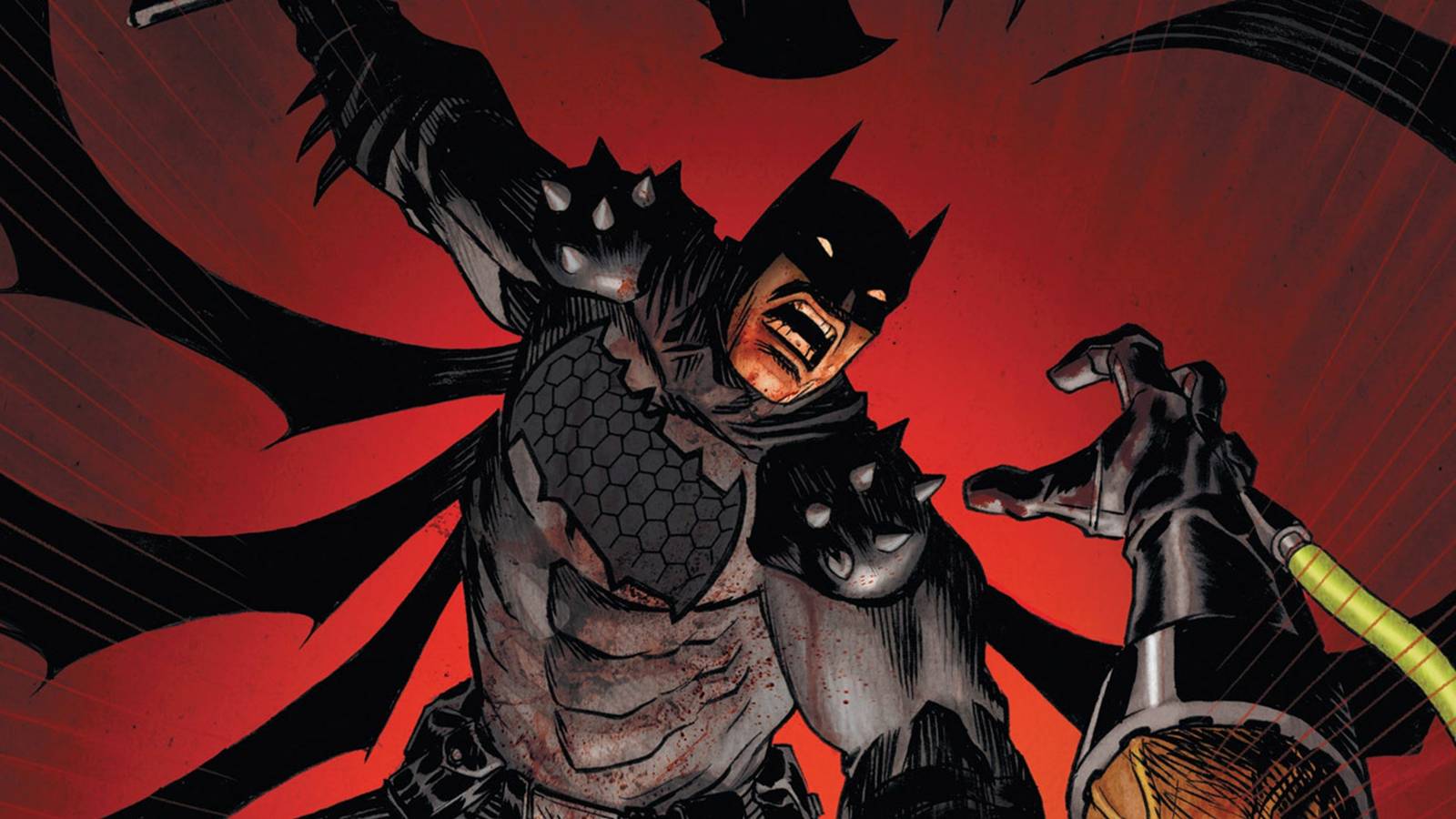

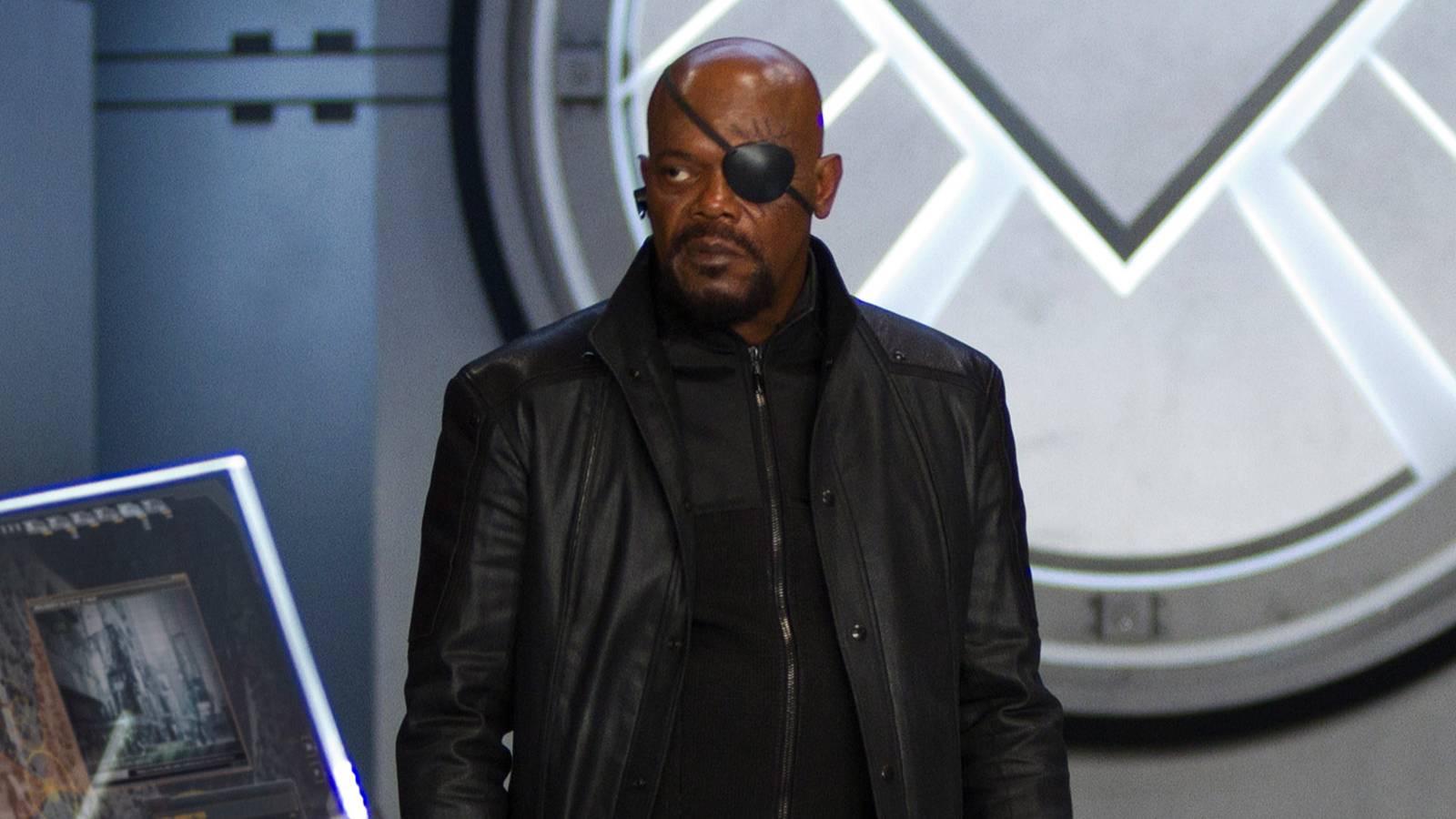



![Ghost of Yōtei First Impressions [Spoiler Free]](https://attackongeek.com/wp-content/uploads/2025/11/Ghost-of-Yotei.jpg)


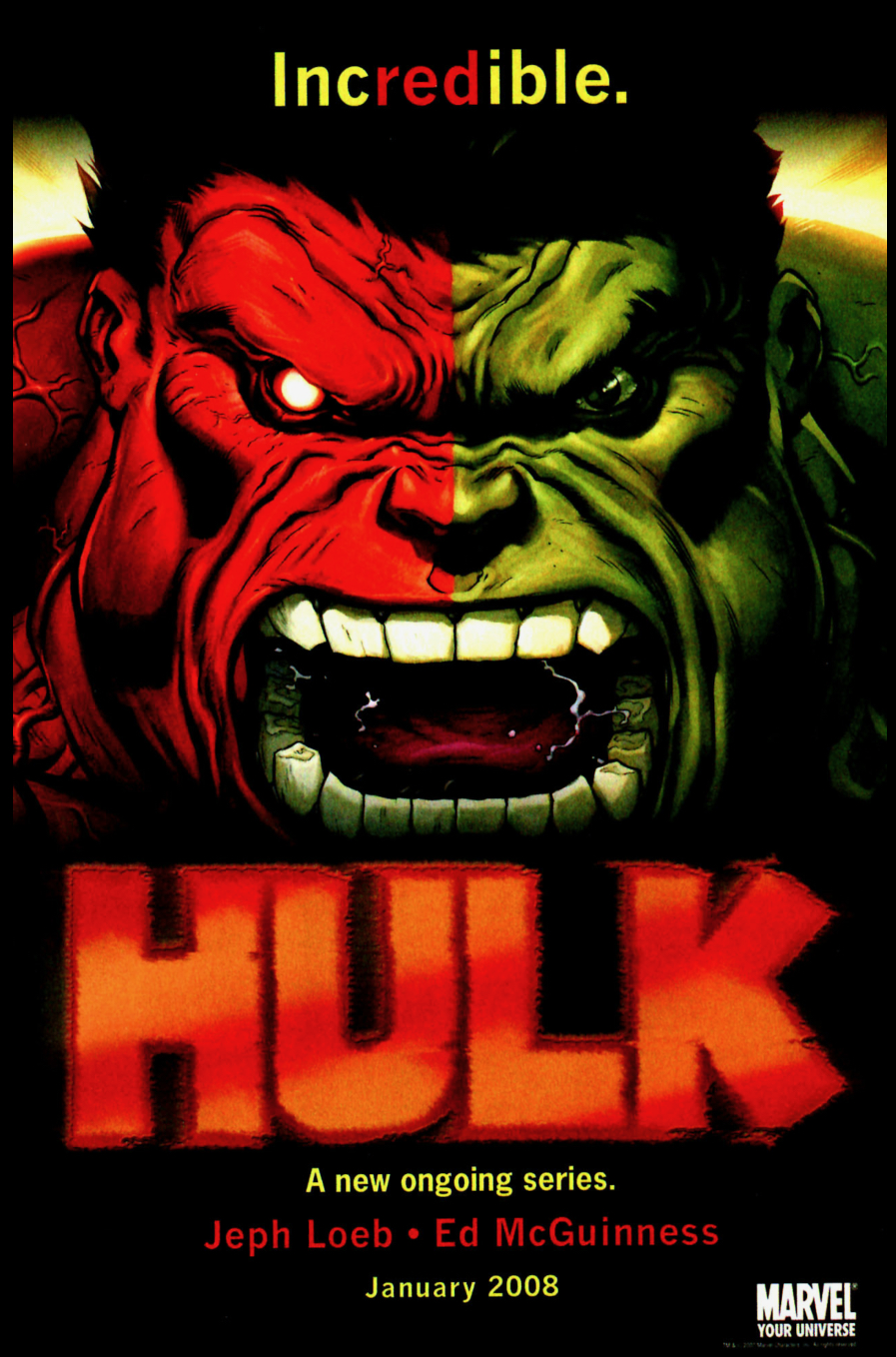
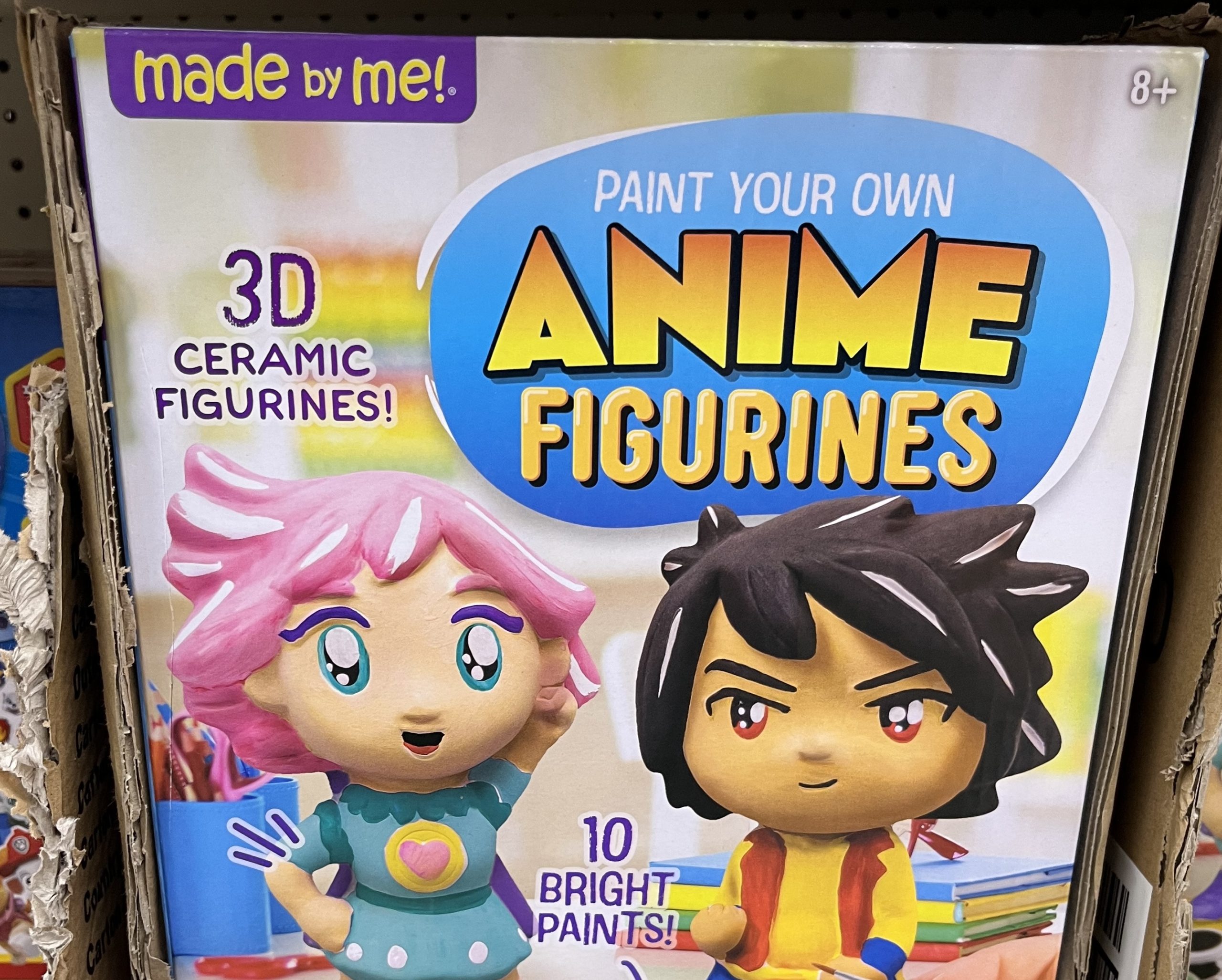
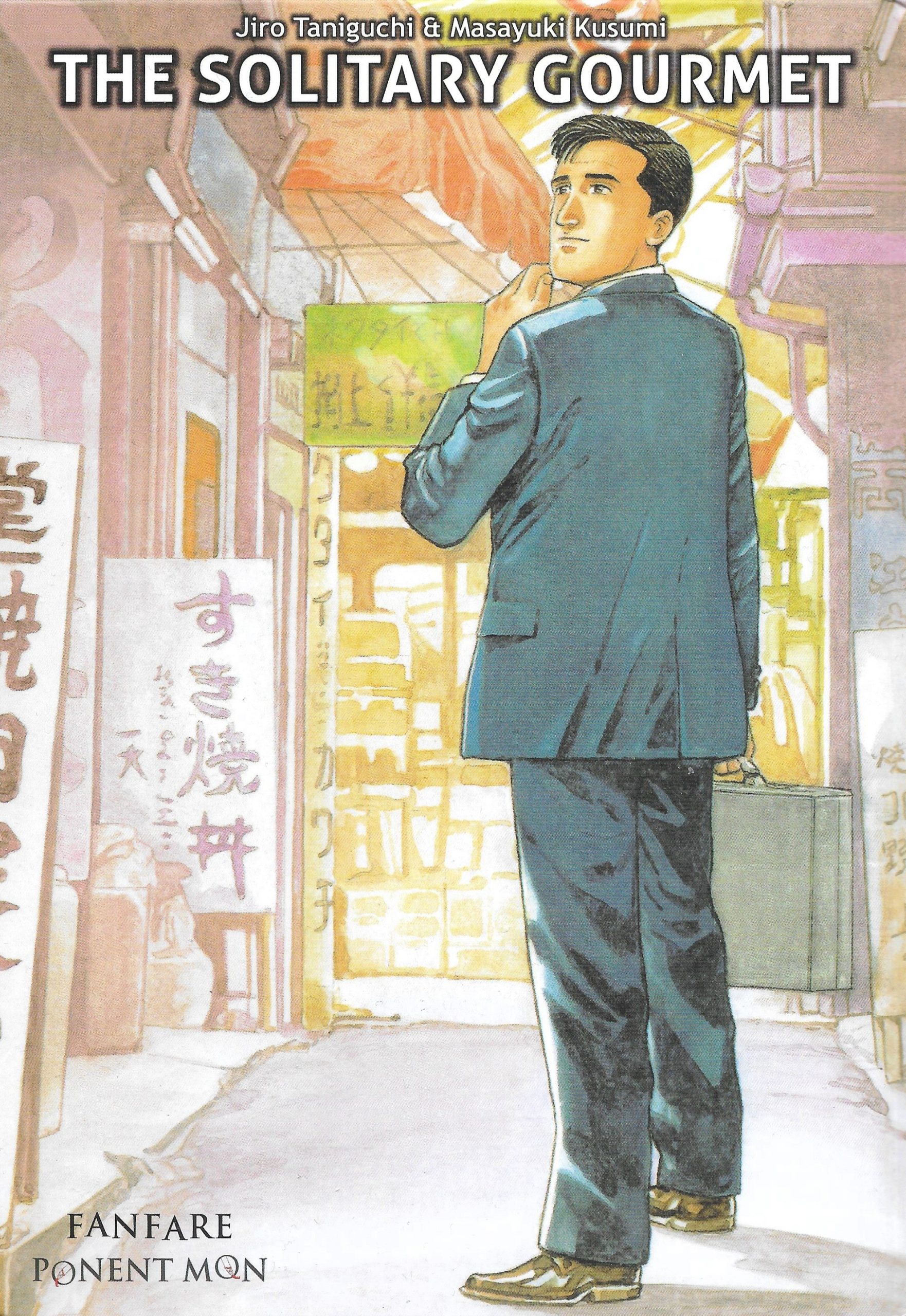
 English (US) ·
English (US) ·